New month, new projects and new artists to showcase…….so February’s artist of the Month is an artist, I’ve only quite recently had the pleasure of getting to know but in a variety of forms. I met him as an aspiring artist at The Late Shows so many moons ago….the exact year is hazy, as are so many of the Late Shows weekends when you meet so many wonderful people and do many lovely things. I saw his work as part of The Book Art project in 2012 and then our paths crossed again at last year’s Anime Attacks where he ran a flip book animation drop in workshop and again as one of the brilliant artists selected to join the 2016 Gateshead cohort of Make Art Happen.
Who is this artist you ask – well it’s Chris Folwell of course! Chris has been one of those artists that I’ve only ever met at events, or through their participatory work and collaborative larger scale projects. I’ve have quite been able to place him – he has just sprang up to me doing something fantastically creative.
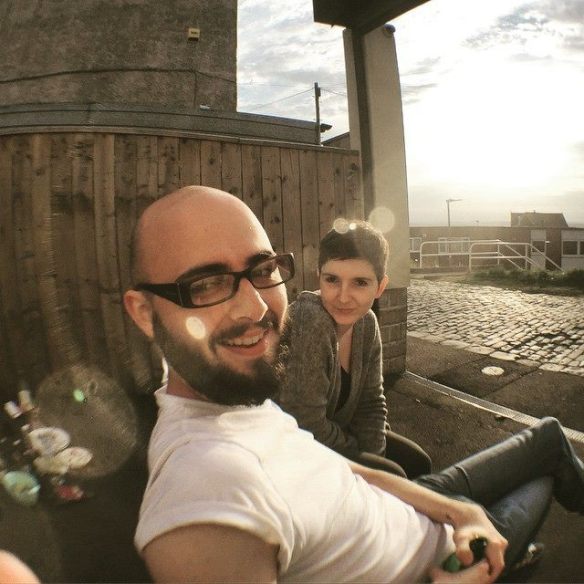
Chris Folwell
Through his involvement on MAH, I got to know more about him, his practice, his background and his ambitions. I remember reading his application for MAH and I just loved it – full of creative project ideas, lots of passion and most importantly, real legs and capacity to get it off the ground.
So when I found out he was one of the Digital Makings Fore-edge artists and running some activity as part of the Gateshead Live programme – I was thrilled. So here he is in all his glory as The Culture Vulture’s February Artist of the Month…….
How did you get into “the Arts”?
I have a sneaking suspicion that a lot of people just fall into the arts and it was the same for me: I studied graphic design and hated how cold and removed it was, then animation and loved the hands on side but didn’t want to work at a computer doing CG.

My tutor there introduced me to printmaking and I got hooked – I did a top up year in fine art pretty much purely to play in the print room, then I bought a second hand press and barely went in to university afterwards! I had grand visions of graduating and becoming a full time illustrator and printer making work that sells out in an hour like some of the big names in the US. That never happened, but for a time I did make decent money selling my work at craft markets and I think that visibility served me well, though it eventually left me a little jaded with the arts and craft market scene.

A lot of the early ‘proper’ art work I did was through people who’d approached me at a market, then been surprised to discover that I had fingers in lots of pies outside of printmaking; I make a lot of objects out of cardboard just for fun: automata, zoetropes, small sculptures, and that’s lead to some interesting commissions (a 1:25th scale rocket and a life size polar bear). My animation degree has helped too, that led to artist Anton Hecht hiring me for one of his projects and he’s been a real patron of mine ever since, he taught me a lot about working in the arts professionally and spurred me on to pursue participatory art independently, something which has become the core of my practice.
Mostly I think it’s just interest in how things are made and what makes them work though that led me to being a full time artist; the first thing I do when I walk into a gallery is try and figure out how the artist made it and if it doesn’t impress me technically as well as visually then I feel cheated somehow. So that’s something I always tried to put into my work, seeing that look of wonder on people’s faces at the audacity of building a 30 foot tall rocket purely from cardboard is worth every second, especially when it’s a kid or a teenager: it takes more than you’d think to impress children!
How would you describe your practice?
Most of my practice now revolves around participatory art, though I still do make and sell prints, working with the public has become my focus. It starts with an idea for something I would really like to make or an issue I’m interested in, then I spend time figuring out how to involve people that would make the work more worthwhile.

For instance I’m currently collaborating with ceramics artist Judith Davies on the Out of the Box project, we’re exploring housing and community: how people would like to live given the freedom to choose. It’s my first real collaboration, and it’s the biggest project I’ve ever worked on but at it’s roots it just sprang out of our mutual interest in homes. At this stage it’s a pilot working with a handful of Gateshead youth groups to design homes and communities and build ceramic maquettes we’ll be exhibiting in Gateshead town centre, but we’re hoping to grow the project and commission other artists, I suppose the dream would be to use our findings to influence local housing development for the better.
Outside of big projects l do plenty of workshops, I started off doing simple arts and crafts workshops but that’s gradually evolved until now they’re usually as much about engineering as art.
What inspires you?
Science and science fiction has been a big influencer, in both my printmaking and participatory practice, I guess that’s the inquisitive part of me wanting to know how the world goes together. I read a lot, and listen to podcasts on a myriad of subjects but sociology is a particular favourite: it fits in beautifully with participatory art.
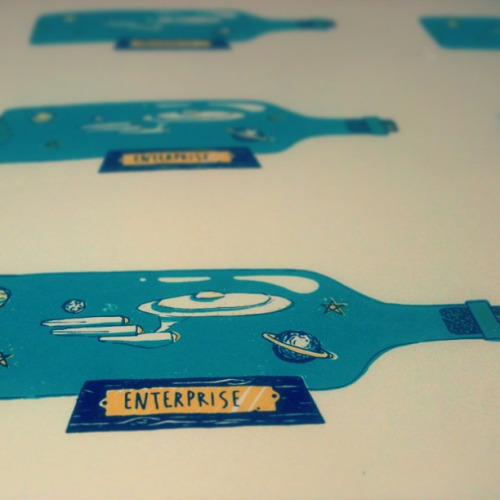
Otherwise I’m drawn to all sorts of things, I collect hobbies then discard them after a few months, I obsess over constructing imaginary homes, I’ve been building a boat on and off for 3 years. I suppose I find objects more interesting than people most of the time, and I love planning new projects, especially when I can go on a good walk and think them through.
Tell me a bit about your experience on Make Art Happen?
I think it was honestly the single most transformative period of my arts career. If you’re not familiar with Make Art Happen it’s a project designed by Helix Arts supported by Gateshead Culture Team to teach people how to deliver participatory arts programmes; it’s changed my whole outlook. My first involvement was through a commission; Bensham & Teams art, the group who hired me, came about through the MAH scheme then following that I was invited to apply for the next reiteration of the programme that would this time be aimed specifically at artists in Gateshead who wanted to expand their practice to include participatory art. It was hugely informative, they walked us through every aspect you could imagine and the support they gave us has been amazing. I met Judith Davies on the course and the Out of the Box project was a direct result of MAH, but more importantly it pushed me to examine the work I’d done so far and decide what a really wanted to do.
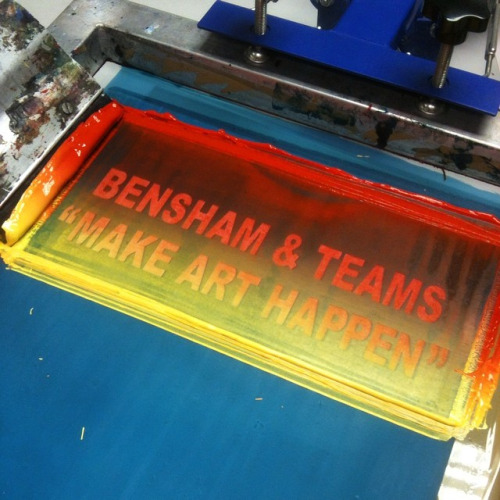
Until that point the route my career had taken was determined almost entirely by hunting paid work, which is fine but then you realise one day that you’ve had very little creative control over what you’ve been doing. That little push from Helix and the support allowed me to start a project entirely from scratch, and since then I’ve been planning projects until the cows come home – I’m sure some of them will never see the light of day, but if only a fraction of the things I want to do come to pass then I will feel like I’ve really achieved something!
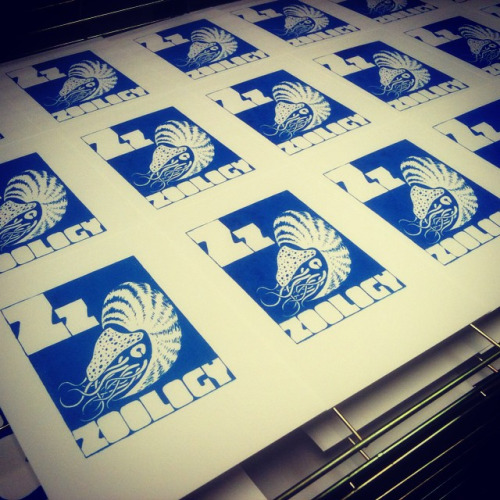
If I could recommend one thing to anyone who thinks participatory art is something they want to add to their practice, even in a small way, it would be to email Helix Arts and tell them you would be interested in a Make Art Happen programme in your area.
Tell me about the Fore-edge exhibition? What is it?
Fore-edge paintings are a painting or drawing on the page edge of a book that’s hidden beneath gold leaf, if you twist the spine and fan the pages then it reveals this secret image underneath. It’s a medieval technique really, but the disappearing illustrations we’ve been working on started popping up around the 1600s and there have been a few small revivals but as far as I know there’s only one other person in the world still producing them. This was a chance to get a collection of artists together and produce a fresh take on an ancient technique, and the restrictions of the medium make for some really interesting results. Alongside the more traditional fore edge illustrations there’ll be a more modern twist on the hidden image, this time using augmented reality to display a secret visual in the books.
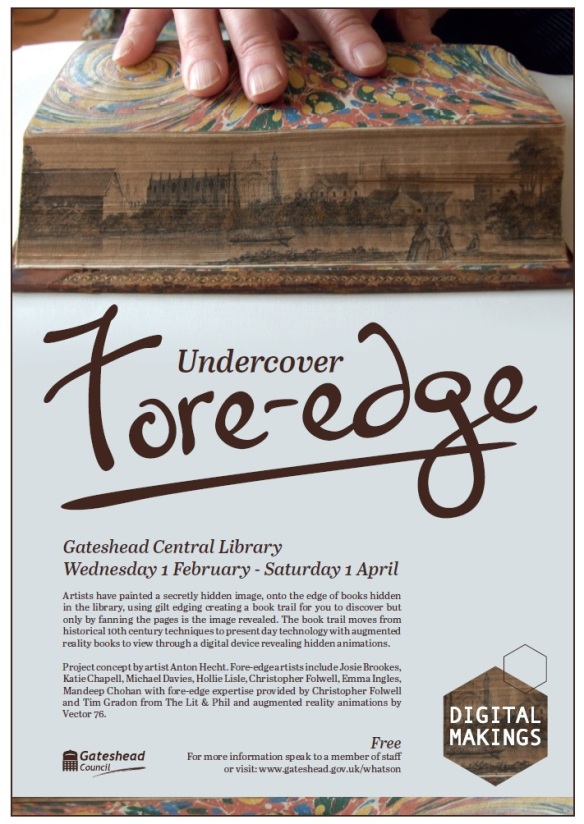
How did the project idea come about?
The fore-edge exhibition is one of Anton Hecht’s projects, he produces a lot of interactive art and pursues that in the projects he manages too, we’d previously done a project together illustrating books to turn them into flip books so when he stumbled across this technique it seemed like a natural development.
Tell me about your Fore-edge book Necronomicon? Did you select it?
I did yes, Lovecraft is just one of those writers that jumps out at you, he produced such a huge volume of work and was such a founding father of the horror genre it’s impossible to ignore him. It seemed a perfect fit for a work revolving around hidden imagery and mystery, I’m sure Lovecraft would have been interested in the technique. There is a little joke in there at his expense though, the man had a terrible habit of never actually describing the monsters in his stories.. since so many of his creatures are “indescribable” there’s only a hint of lurking beasties in my own illustration.
Tell me about the process you went through making your piece?
It’s quite a complicated process to prepare the books for a fore edge illustration, and an even more long winded process to gold leaf them, but that was the aspect that most appealed to me when Anton approached me. I think I went through 12 books testing different approaches and fine tuning techniques to get it just right!
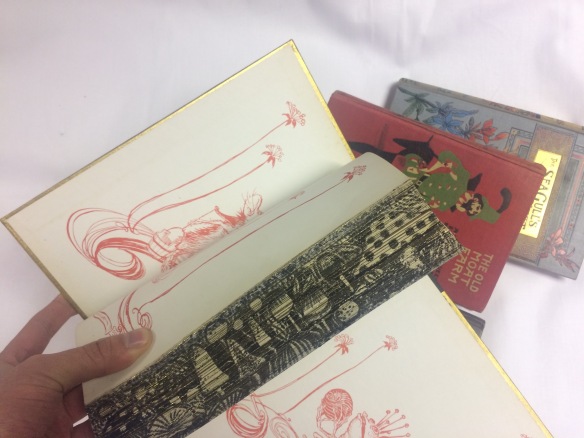
If you reduce it to simple terms then you need to prepare the edge you’re going to decorate by sanding it smooth, then we twist the spine so the pages are fanned at least 45degrees and clamp it in a specially made press, similar to book binding press. Once it’s in there you can get painting or drawing but you need to be sure you don’t leave a residue on the surface, so acrylics are out but watercolour and markers work well. After that we pop the book back to normal and clamp it again then stain the edge with a red pigment called Armenian bole, which we can buff to a shiny finish with stiff brush. Lastly we apply a thinned down PVA glue and the gold leaf then you’re done! As part of the exhibition I’ll be running a workshop running through the full technique so please do come along and try it.

Have you seen any of the other works? Any favourites?
Yes, I ended up applying the gold finish to the majority of them so I’ve had a sneak peak. I think Mandeep Chohan’s book was my personal favourite, she was someone I was really keen to get involved in the project from the get-go; she makes fabulous collages so it was quite a challenge translating that technique to a fore edge illustration. We ended up using acetone to transfer images from photocopies, but that has formed the basis of the approach I’ll be teaching in the workshops.
What would you like people to take away from the exhibition?
Mostly just a little bit of wonder, this is something people have been doing for hundreds of years on some of the most beautiful books in history, so this is your chance to see some modern examples made by some of the North East’s finest artists!

What’s next for you in 2017 onwards?
More of the same if I’m lucky; 2016 was a great year for my practice so I’m looking forward to all of the planning I started back then finally paying off. I’m working on a community arts festival for Bensham, Teams and Racecourse estates, I’ve got a fibreglass knight on horseback to paint celebrating the Battle of Lincoln, a wedding to plan, and you never know I might even finish that boat!
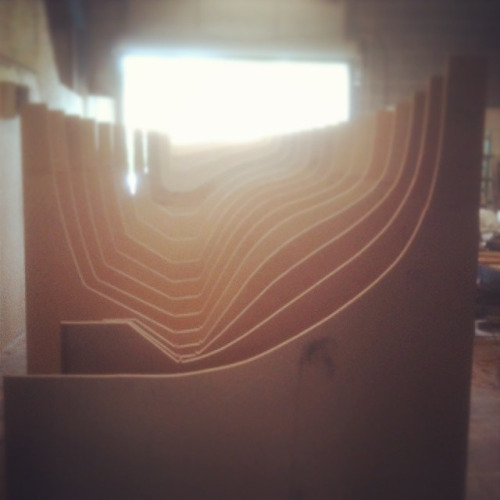
So fellow Culture Vultures have until 1st April to come and see the Fore-edge Book Trail at Gateshead Central Library…..make sure you do! Looking at the books and the detail, it makes me wonder when exactly was the moment we stopped, as a society, decorating our books to the extreme. There is just something SO magical about a leather bound book; with gorgeous illustrations and touches…..absolute works of art in their own right.
Peace and love. x
